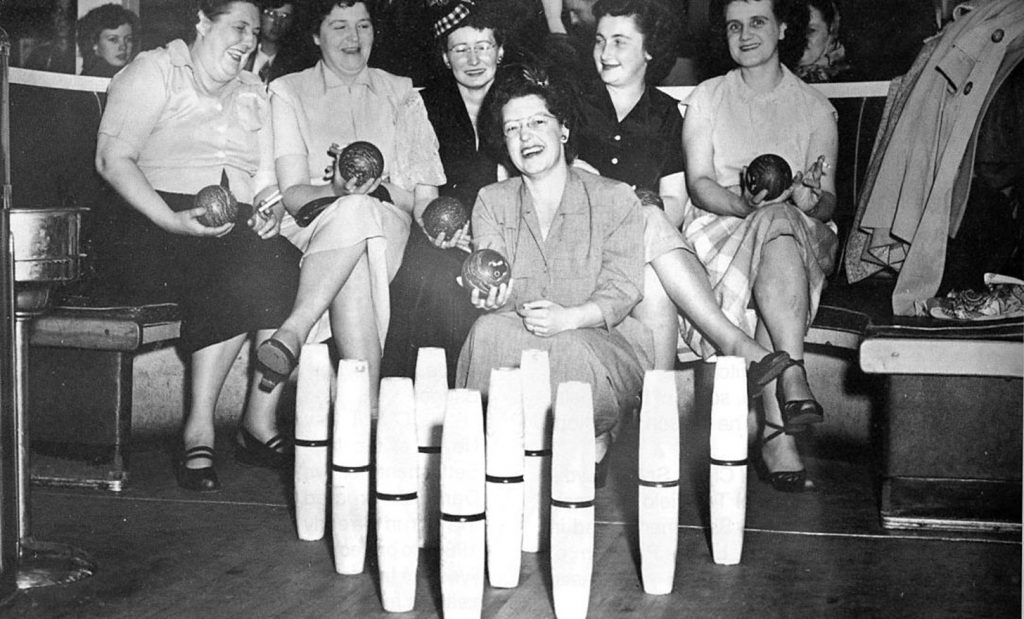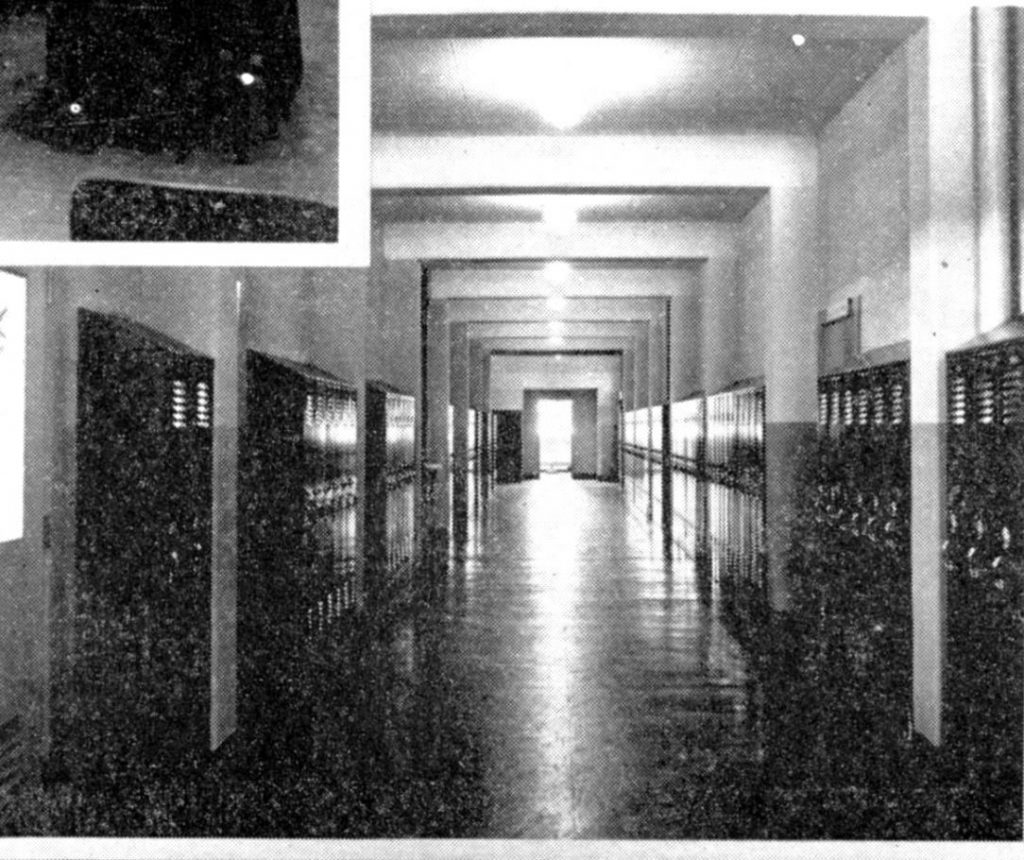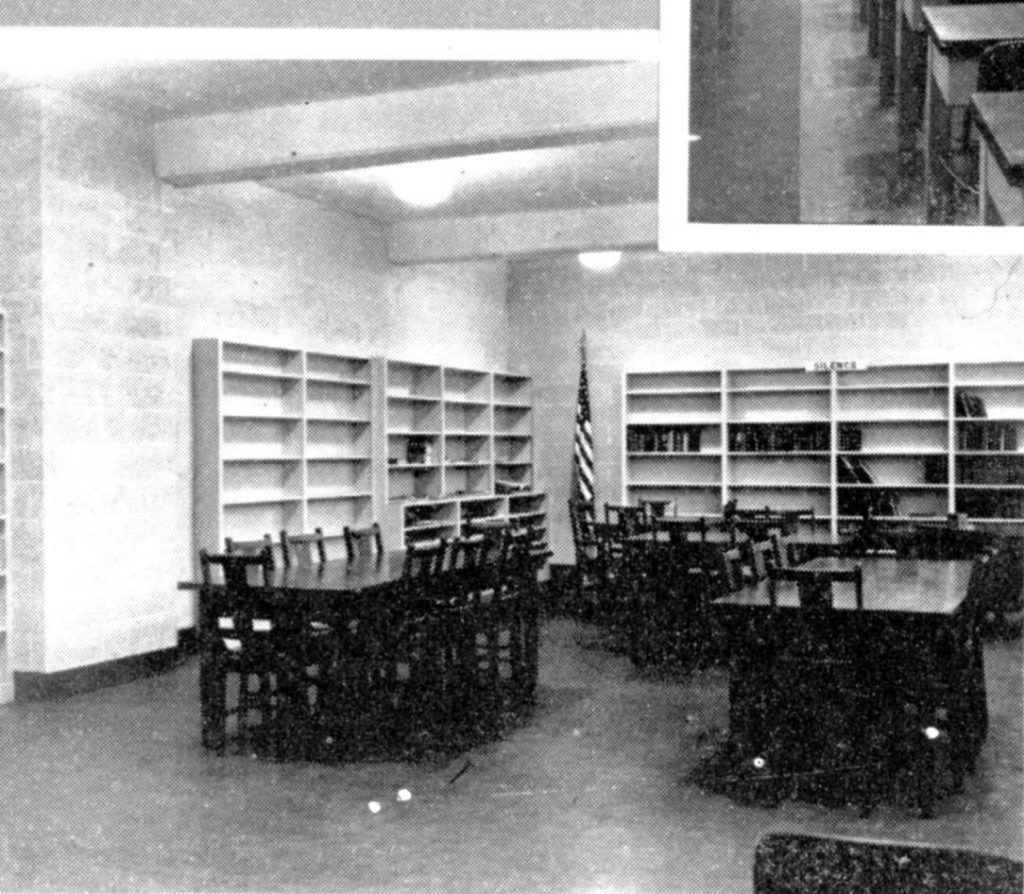
1947 was a momentous year on the world stage, and its aftershocks are still being felt today. India was granted independence by the British but with a typically British lack of foresight and preparation. The partition of India into two countries, India and Pakistan resulted in an orgy of religious zealotry, hundreds of thousands of deaths, and, before 1947 was over, a war between the two newly created nations. India and Pakistan are both nuclear powers and remain in conflict to the present day, the seeds of which were planted in 1947.
Not to be outdone in hastily reshaping historical lands and populations, the United Nations formally proposed the imposition of a division of Palestine on the unwilling Arabs in order to create the State of Israel. While creation of a Jewish state in Palestine was justified, the devil is in the details of even the worthiest of enterprises; and the details and difficulties of this reordering of Palestine were largely ignored. As to how that worked out you can check the daily news.
Finally, by way of proof of the old maxim “With friends like these who needs enemies”, our WW2 ally Chiang Kai-shek, having refused to commit his Allied funded army to battle with the Japanese during the war, adopted much the same policy when confronted with Mao’s army after the war. In 1949 he was forced to flee mainland China for the island of Taiwan. By 1947 however the Taiwanese had already concluded that “Peanut”, as he was derisively known by American commanders, was greedy, incompetent and brutal. When the Taiwanese protested his misrule, he finally used the weapons we had given him to fight the Japanese and Mao against the unarmed civilians of Taiwan, killing nearly 20,000 on the first day of his crackdown on dissent. Of course, we continued to support Peanut and he continued to accept our military aid which we hoped quixotically would prevent us from “losing China.” His successors remain our allies and Chinese weapons now face U.S. weapons across Taiwan Straits. Even today the sound of sabers rattling across the straits can be heard all the way to Washington.
It’s fair to say the world could have done without 1947 entirely with one notable exception—the Marshall Plan which began in 1947 and succeeded in resuscitating the broken economies of our allies in England and Europe.

In Maine, the first section of the Maine Turnpike opened in 1947—the 47-mile section from Kittery to Portland. It was known as the “Mile a Minute Road” because the speed limit was 60 MPH. In those days Kennebunk, shown above, was midway on the turnpike and it still has one of the nicer service areas on the Turnpike.

In national news, the year began in January with a murder in Los Angeles which became one of the most notorious cases in the annals of American crime—the Black Dahlia murder.
Elizabeth Short was born in Boston in 1924 but lived for a time in Portland, Maine. Her childhood was not happy. Her father lost everything in the stock market crash of 1929 and in 1930 his car was found abandoned on Boston’s Charlestown Bridge. It was assumed he had committed suicide by jumping into the Charles River.
Elizabeth, her mother and her five sisters barely survived on their mother’s earnings as a bookkeeper. Elizabeth dropped out of high school and was leading a fairly aimless existence until 1942 when her mother received a letter from her presumed-deceased father revealing he was alive and well in California where Elizabeth soon joined him.
Over the next five years she had numerous relationships and jobs and was last seen alive in the early evening of January 9, 1947 in the lobby of LA’s Biltmore Hotel using the lobby telephone and later that night at a bar just a few blocks from the Biltmore. On January 15th her body was found, severed at the waist, in a nearby section of the city. She had been dead ten hours. The murder was a nationwide sensation and was never solved although the “Black Dahlia” murder, as it came to be known, has been the subject of many books and movies and has been called the most famous unsolved crime in U.S. history. Many suspects have been implicated in books and crime fiction over the years including the married man who dropped her off at the Biltmore. Over 500 people have confessed to the crime.
In 1947, television was beginning to hit its stride even though critics said it would never be as popular as radio because, they argued, folks had to sit in one place to watch television when they could listen to the radio while engaged in other, useful activities. They were wrong and a nation of couch potatoes was born but not yet in the St. Croix Valley. It would take a few more years for Calais to receive a dependable signal from Bangor and St. John.
In 1947 the opening session of Congress and Truman’s Presidential address were broadcast for the first time on television as was the first soap opera—“A Woman to Remember”—and Groucho Marx’s “You Bet Your Life.” Howdy Doody made his debut, Ann Frank’s diary was published, and Robert Penn Warren won the Pulitzer for “All the King’s Men.” Wartime sugar rationing finally ended in 1947.
In sports, Jackie Robinson broke the color barrier in baseball with the Dodgers, bunting for a single in his first hit and eventually winning the Rookie of the Year award. It wasn’t easy for Jackie as some teams such as the Cardinals refused to play the Dodgers if Jackie was on the field. Only the direst threats by their owners forced the opponents to play. The Dodgers manager that year was Leo Durocher, who never had the opportunity to be a participant in baseball and race history. He was suspended the first day of the season.
According to Time Magazine, which put Leo’s picture on the cover, Commissioner Albert “Happy” Chandler suspended Durocher citing “Durocher’s string of moral shortcomings: gambling debts, associations with known gamblers and nightlife figures, and a scandalous marriage with charges of adultery, bigamy, and contempt of court.” Brooklyn owner and general manager Branch Rickey often said Leo possessed “the fertile ability to turn a bad situation into something infinitely worse.” Bill Veeck, owner of the Cleveland Indians, in a sign that times were really changing in baseball, moved his spring training camp from Florida to a more tolerant Arizona in anticipation of signing the black outfielder Larry Doby to a contract.

In Calais, two legendary teachers, Mary and Florence Boone, received Master’s Degrees from the University of Maine. The photo above was taken in 1969, the last year both taught at Calais High School.
Calais was not without its tragedies in 1947, the saddest being the deaths of three young Calais men in Charlotte.



Calais Advertiser July 30 1947:
The most appalling accident in this city in many years was the grade crossing smash at Moosehorn crossing about six miles out of Calais at 10:41 last Thursday morning when the inbound Maine Central passenger train from Bangor struck and demolished an old Chevrolet truck instantly killing the three occupants of the vehicle, Floyd Davis 21, Bernard Lee 20 and Frederick Bohannon 17, all of Calais.
The train with the wreckage of the truck on the front nose of the engine traveled about 500 feet before grinding to a stop. The bodies of two of the victims were found beneath the train while that of the third was lying beside the track. All were horribly mangled and broken. Engine and track were slightly damaged. The accident was investigated by the State Police and the Sheriff’s Department.
The crossing, which was once known as Howard’s Road crossing, is the road which leads from the Moosehorn Game Preserve to the Charlotte Road. The unfortunate victims had been to the preserve headquarters to notify Superintendent Bert Smith of a gate that was down and were on their way to Calais when the accident occurred.
The train, which was delayed over two hours, was in charge of Murray Allen Conductor; the engineer was Fred Gray and Colin Peasley was the fireman.
Davis and Lee, brothers-in-law and veterans of World War II, each left a wife and an infant child.
Jane Todd’s New Fountain Lunch (from The Calais Advertiser, Wednesday, July 2nd, 1947)


Jane Todd opened her lunch counter on Main Street in 1947, and Hill’s Bowling Alley opened on Monroe Street late in the year.


In other local news, nearly every able bodied man in the area including the newly formed National Guard Unit spent some of the summer in Bar Harbor fighting the forest fire which burned a good deal of the town. According to the Bar Harbor Historical Society:
The Great Fire of 1947 began in a dump off the Crooked Rd. in Bar Harbor on October 17. Crews battled the fire for almost a week but lost 3000 acres. On October 23 gale winds caused the fire to begin again, which blackened another 14,000 acres. Fire crews along with Army troops could not save Bar Harbor except for the immediate downtown area.
400 people were evacuated by sea from the Town Pier.
Three people died in the fire before it finally subsided in a rolling ball of flame over Great Head in Acadia National Park.
17,188 acres, mostly in Bar Harbor and Acadia National Park were blackened, 170 houses leveled and 67 summer cottages were destroyed in the Fire of 1947.

The New York Times, in its August 23, 1947 edition, calling Calais a “quaint little city” suggested everyone go to St. Stephens for breakfast and much else (see full article below). However, the St. Croix Courier announced on January 30, 1947 an increase in the price of milk to 15 cents a quart and on the same day Ganong’s announced an across-the-board increase in candy prices. A pound of Delectos increased from $1.17 to $1.50. To add insult to injury to St. Stephen pocketbooks, the wheat subsidy was discontinued in September and the price of a barrel of wheat shot up $4.05. Perhaps those great deals mentioned in the Times article were no more.

The new Calais High School was opened in 1947 and those interested in the sciences had a state of the art lab at their disposal. The building had wide corridors with individual lockers and a spacious library; and although those who had attended the venerable Calais Academy could not help finding it a bit cold and institutional, the new school was an upgrade in most respects.


Finally, the Court News of the 1947 February term of Superior Court: 13 people became U.S. citizens on the first day of Superior Court including Sid Damon, Ruth Beckett and Virginia Hall of Calais. An indecent liberties conviction resulted in a year in Maine State Prison for a local man and for car theft two years for another. Two fellows were fined $100 for accidentally wounding a man during what we presume was hunting season; in 1946, a Calais man was sentenced to six months in county jail for larceny and two Baileyville Lotharios were fined $300 each for adultery. Neither of these fellows was divorced during the term although the Court granted 39 divorces at the February term, most on the grounds of cruel and abusive treatment; but four were for utter desertion and one for confirmed habits of intoxication.
TO SAVE MONEY IN MAINE
YOU BREAKFAST IN CANADA
——————
Food Prices Just Across a Short Bridge Seem
Amazingly Cheap to Americans
——————
By FRANK L. KLUCKHORN
Special to the New York Times
CALAIS, Me., Aug. 23—Beef costs 39 cents a pound retail today in this American town on the Canadian border. Across the St. Croix River, in St. Stephens [sic], New Brunswick, it costs only 35 cents. That about represents the difference between food prices in general on the two sides of the international boundary.
Maine produces most of the country’s lobsters, but today it costs $2 for a lobster in Ellsworth, Me., right in a district where lobsters abound. Such dinners are even more expensive in this more remote, quaint little city of Calais. Across in St. Stephens, Canada, though, a lobster dinner costs $1.25 or $1.35.
Butter on the Canadian side is about 40 cents a pound and, when one sits down in a restaurant, he is served a large slice of this product instead of the almost invisible square served these days, because of the high price of butter, in many American restaurants.
Here are some of the items on the menu of a good St. Stephens restaurant: eggs and fried ham, 55 cents; grilled sirloin steak (entire dinner), $1.10; roast chicken dinner, 85 cents.
One native of Calais told this writer that his family crosses the international bridge into Canada and buys much of its food in St. Stephens. He said that other Calais families do likewise. He explained that a person could bring into this country a dollar’s worth of food free of duty. A food dollar, as this report is intended to emphasize, goes a long way in Canada today, and a family of several persons in a town like this apparently can buy in Canada and bring home most of its edibles.
There are numerous reasons why Canada’s food prices are lower than those of the States. One is that the Canadian Government has maintained wartime price controls. Another is that labor earns, on the whole, far less in Canada than in the United States, and production costs, therefore, are lower.
The practice of getting every cent the traffic will bear, so common in the States now, is not in the air in Canada and that may be the reason for these amazing differences in food prices.
Meanwhile, natives of Calais are going to St. Stephens for a breakfast which includes three eggs and costs 45 cents or, with a cheese omelette, comes to 55 cents.
